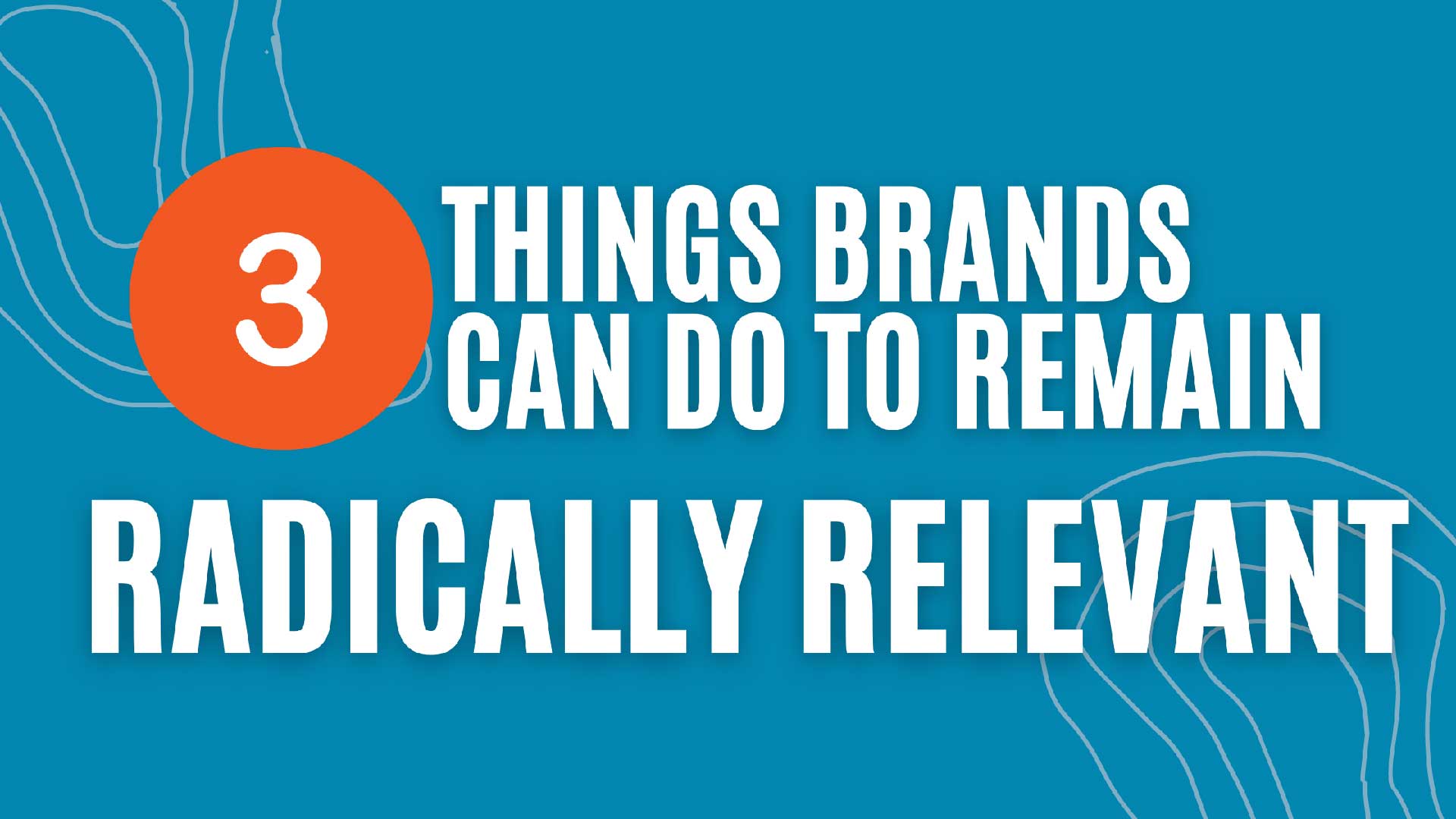
Selling the Ends, Not the Means
This is blog post number six in a seven-part series that unpacks the key questions we encourage brands to ask when evaluating their brand relevancy.
In this article, we address: “What does the public think our company does or sells?
If you’ve been in business for more than a day, this may seem like an easy enough question. But you probably also know the answer is not quite that easy. It’s not what you invoice your customers for or sell in your online store. It’s the age-old marketing twist – selling benefits, not features.
But it’s not always that easy. Or is it?
Let’s take a closer look at a few examples of benefit-focused selling done well.
1 – Volkswagen
A 1969 Volkswagen Beetle ad summed up its candid selling proposition in one bold headline.
It’s ugly, but it gets you there.
The economy-priced car was visually compared to the not-so-stylish Apollo 11 lunar escape module that just landed on—and returned from— the moon. The public knew the car was not pretty but fulfilled certain essential needs and the marketing material delivered.
What’s Volkswagen selling? Reliability, not style.
2 – YETI
It’s no secret that we are YETI super fans. But today we’ll focus on this recent campaign which epitomizes their consistent attention to benefits-focused selling.
You’d have to read the fine, fine print on any of these to find a feature, but the benefit is clear:
- The earth is mostly water, pack accordingly
- For a little more space between a rock and a hard place
- You’ll run out before it does
What’s YETI selling? Adventure, and more of it.
3 – Saint Thomas Health Services and National Jewish Health
While both of our previous examples use humor to build additional emotional connections to the benefit they’re selling, our final example chooses a decidedly different emotional vehicle. Both Saint Thomas (a hospital group out of Nashville, Tennessee) and the National Jewish Health group used provocative ad campaigns to focus on a very different benefit.
Billboards and busses across Middle Tennessee sported eye-catching photos by renowned photographer Jeremy Cowart and the simple tagline “Nothing shall be impossible.” Even viewers unfamiliar with the Bible verse being referenced could understand that Saint Thomas was promising healthcare that could deliver miracles.
In a similar vein, National Jewish Health’s “We Never Say Never” campaign featured the worst of the worst diagnoses from real customer testimonials with the menacing “Never” wiped away.
What are these hospitals selling? Life, and the chance to live it to the fullest.
Next Steps
We could go on and on, and maybe soon we will! But the point is really bigger than a successful ad campaign. To bring these ideas to life, each brand had to first understand its selling proposition at the deepest level.
If you need a jumpstart to check your own messaging, try these questions:
- Does the public know what you’re selling? Is it better described as a thing or more fitting to represent it as an experience?
- Do you survey and research your audience and employees to ensure you have the right approach?
- Are you open about the limitations of your brand but able to frame it up in a positive way—what it can do versus what it can’t?
The answers can help you zoom in on the “so what?” and connect with your customers in a more lasting and relevant way.
Need help digging into these questions? We are experts in helping manufacturers identify what makes their brand most relevant to their customers. We’d love to talk.








